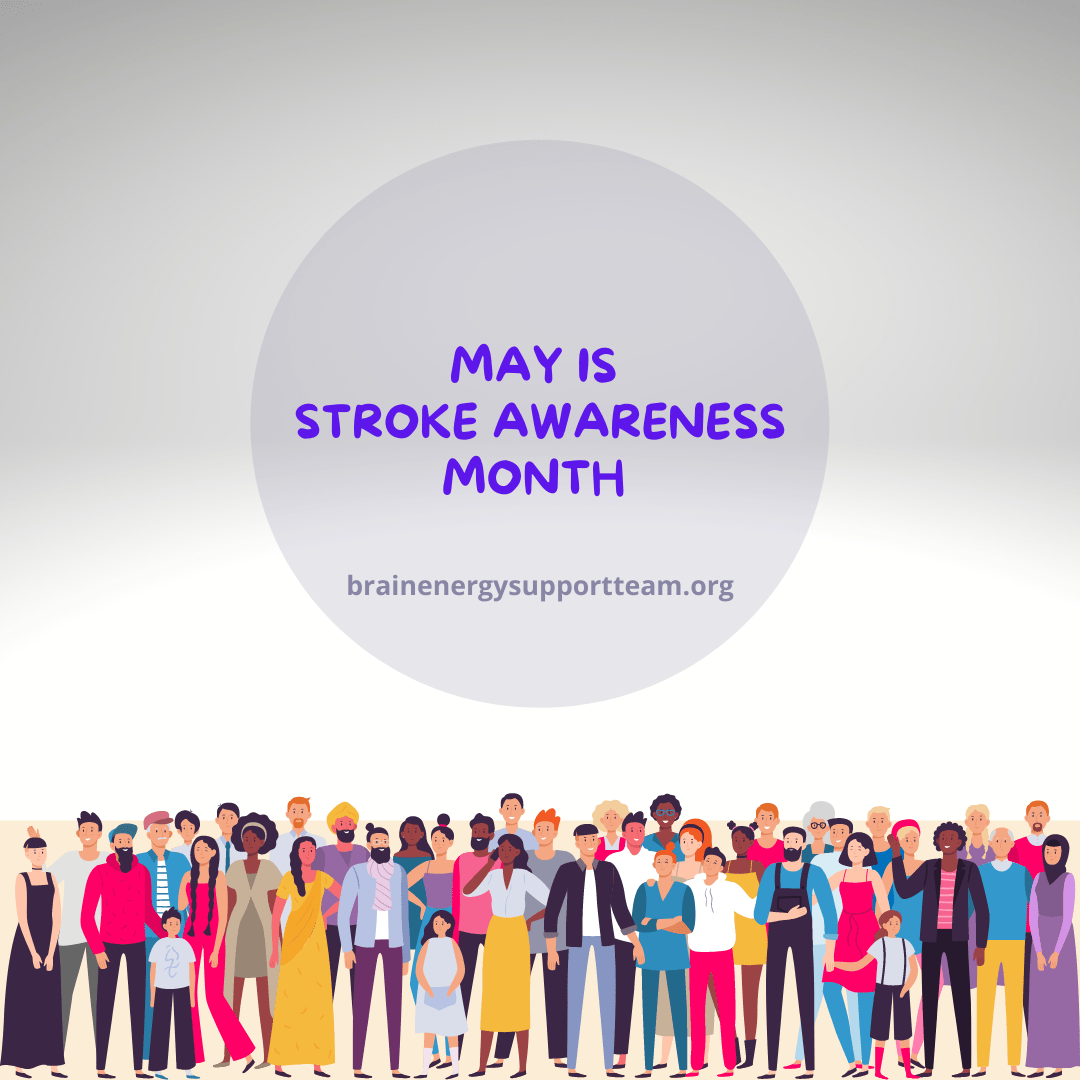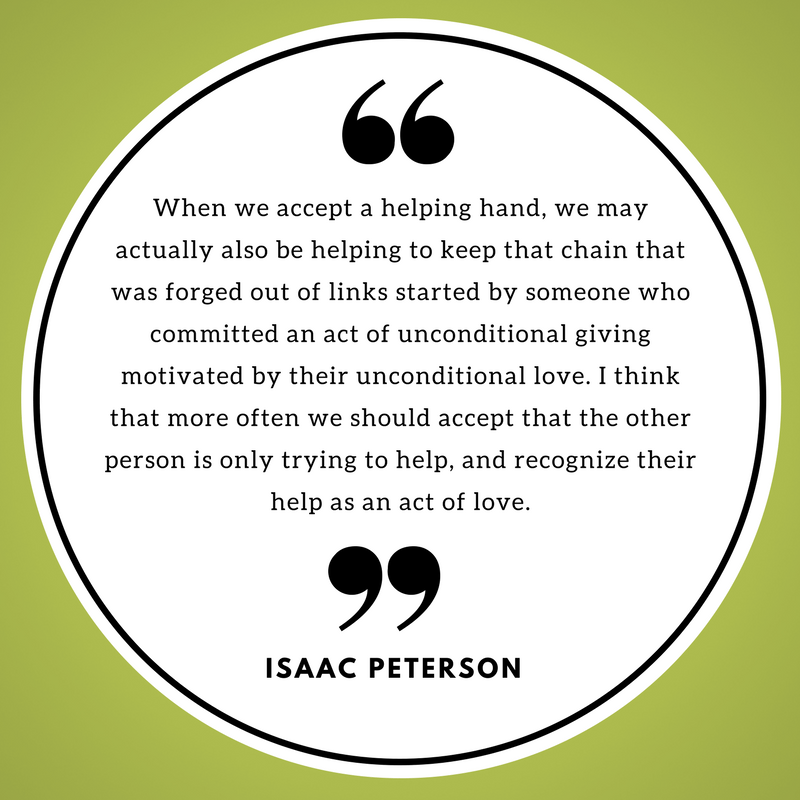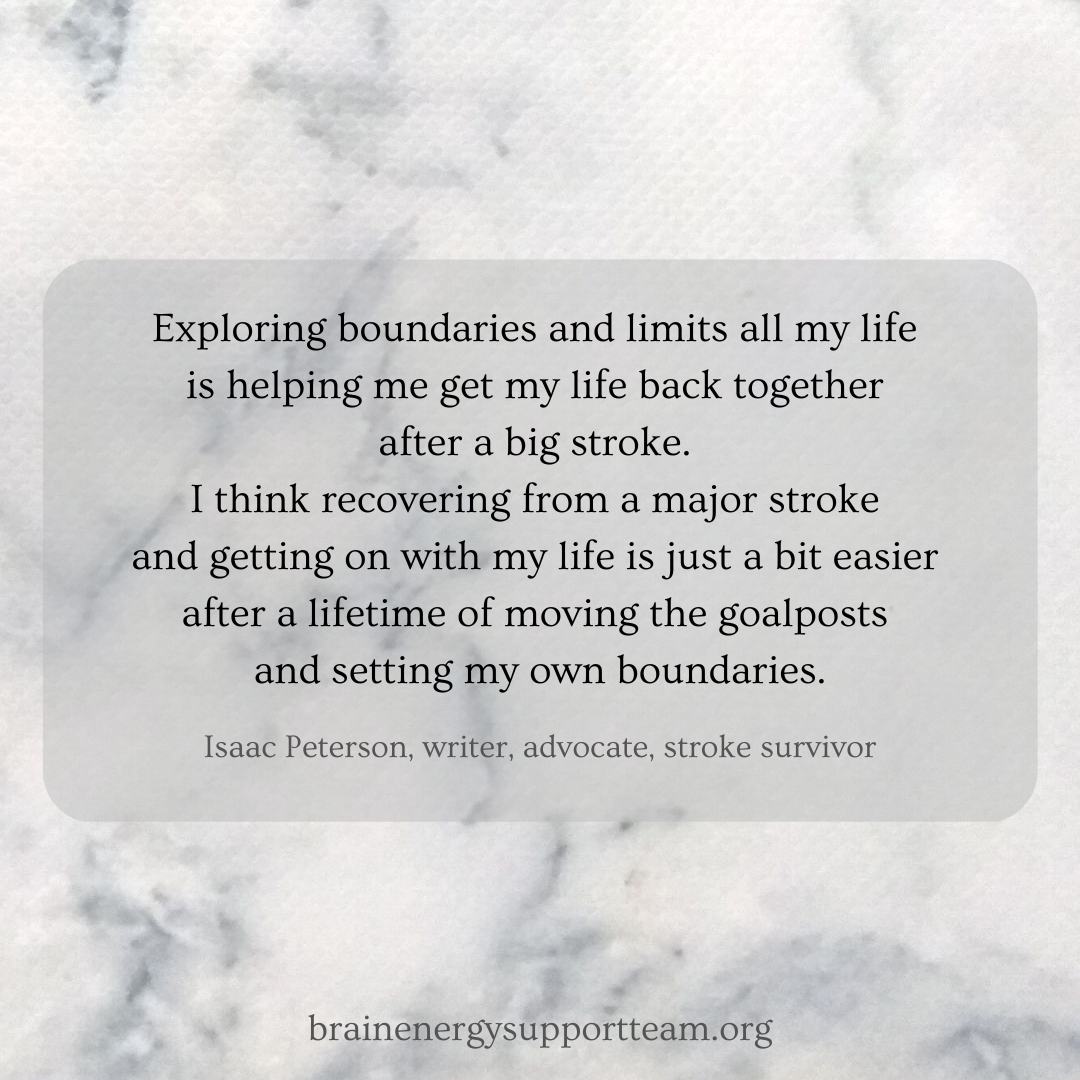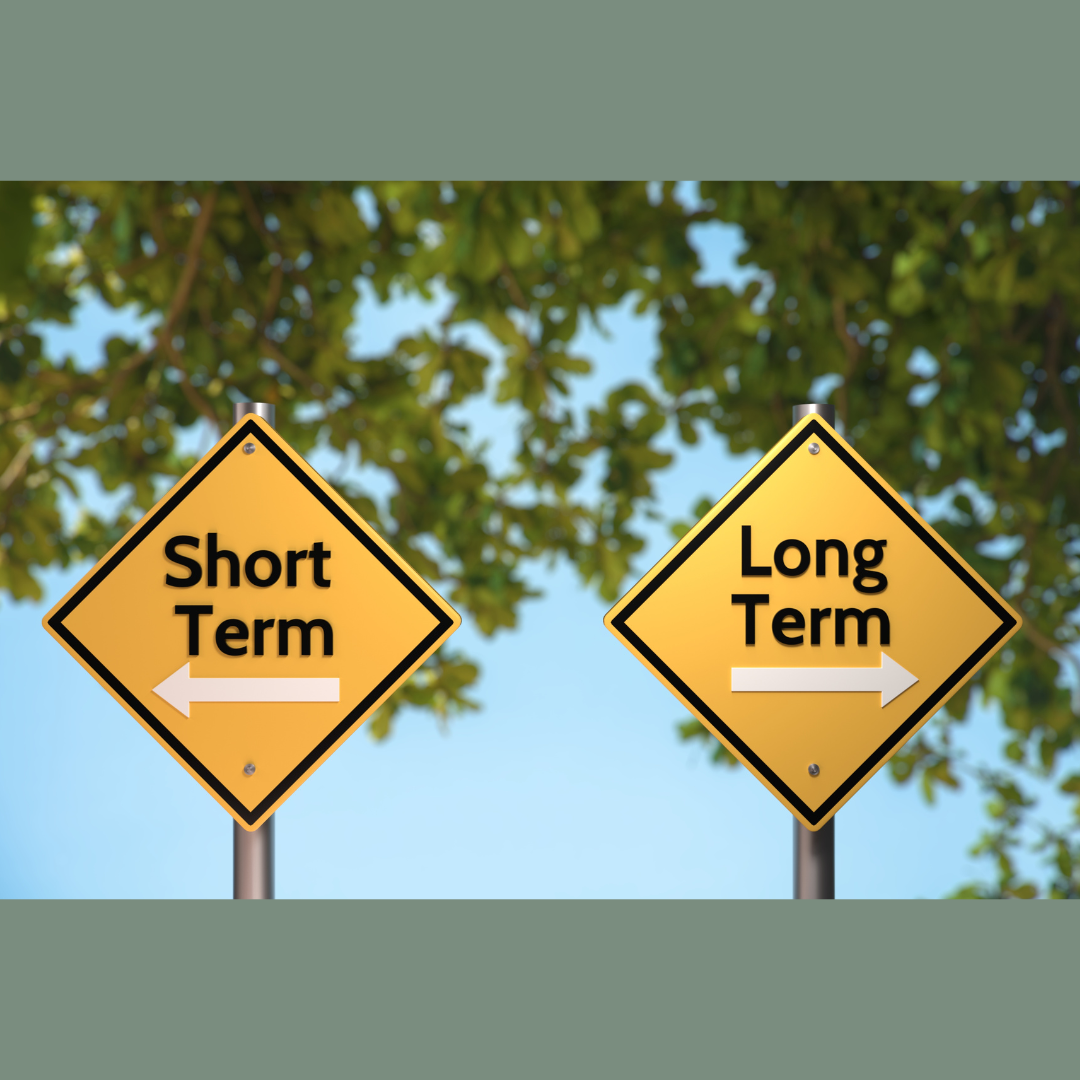Falling can cause traumatic brain injuries (TBI); that’s kind of a no-brainer, so to speak.
Falls account for the majority of acquired TBI, so it’s the leading cause of injuries to the brain. Falls from bed, ladders, down stairs, in the bathtub, and more, are leading causes of TBI in both the elderly and young children.
And a little-known fact is that falls are very common among the homeless, so they are at high risk of brain injuries. Studies indicate a large percentage of homeless people are over the age of 50, putting them in the elder category. Falls among the homeless have several causes apart from age, like street violence and falling while intoxicated. As a group, there is a higher fall risk for the homeless than for the general population, but they are less likely to seek out or receive care. More light is being shown on that problem now, but it hasn’t been studied as much as brain injuries in other parts of society.
The problem is obvious; I don’t need to explain falls. Everybody has fallen, it’s easy to do.
But how to avoid falling in the first place is another issue.
Here are some things that can be done to prevent falls, especially for seniors:
- Tape down all area rugs to minimize the chances of falling.
- Cut down on clutter in walkways: hallways, stair and other high traffic areas in the home.
- Install nightlights in hallways and on stairwells.
- Add non-slip mats in bathrooms and kitchens.
- Install safety supports like grab bars in places like bedsides and bathrooms, and handrails on stairways.
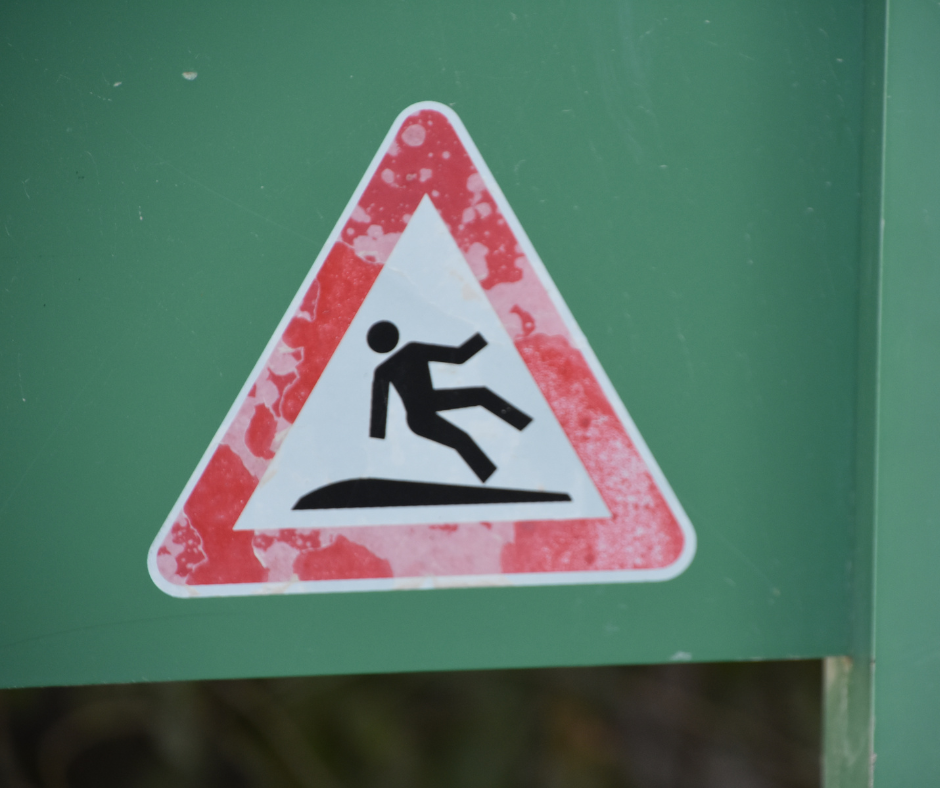 But even with all possible precautions in place it’s still possible to fall. What then?
But even with all possible precautions in place it’s still possible to fall. What then?
Learning what to do during and after a fall can make the difference.
It’s safer to fall with bent knees and elbows. The natural instinct during a fall is to become tense and stiffen up, which increases the force of the fall and the potential for injury.
To lessen the impact of falling, try to land on muscle rather than bone.
It’s also important for an older person to learn how to get back up safely. Here’s how:
- Start by rolling from the side to the stomach, assuming a prone position.
- Pull yourself up on your hands and knees.
- Then crawl toward a steady object like a chair.
- If there is no sturdy object nearby, place your weight on your hands, then slide one foot forward so it’s flat on the ground and keep the knee on other leg against the floor and try to maneuver to a sitting position. Then raise yourself, pushing upward and slowly rise.
- And it’s important, especially for the elderly, not to rush any part of the process, to lessen the chance of further injury.
To learn more about how to falling and getting back up, click here.
Obviously, these measures can be taken by anyone who falls, not just the elderly. But after a fall, no matter who you are, it’s not a bad idea to get evaluated for a brain injury by a medical professional. If you or someone you care about has a brain injury after a fall, it’s best to know
and get it treated. If you acquire a traumatic brain injury, like me, you may emerge with balance and coordination issues. It’s not hard to see how that could lead to further falling. While it’s true that falls can lead to brain injury, it’s also true that brain injury can lead to falling.
 | Isaac Peterson grew up on an Air Force base near Cheyenne, Wyoming. After graduating from the University of Wyoming, he embarked on a career as an award-winning investigative journalist and as a semi-professional musician in the Twin Cities, the place he called home on and off for 35 years. He doesn’t mind it at all if someone offers to pick up his restaurant tab and, also, welcomes reader comments. Email him at isaac3rd@gmail.com. Read more articles by Isaac here; https://www.brainenergysupportteam.org/archives/tag/isaac-peterson |
|---|

